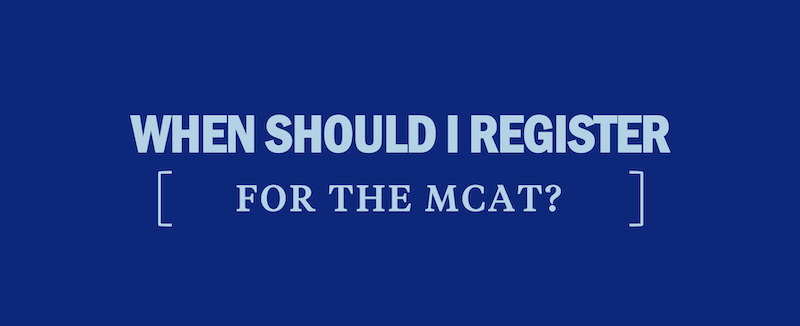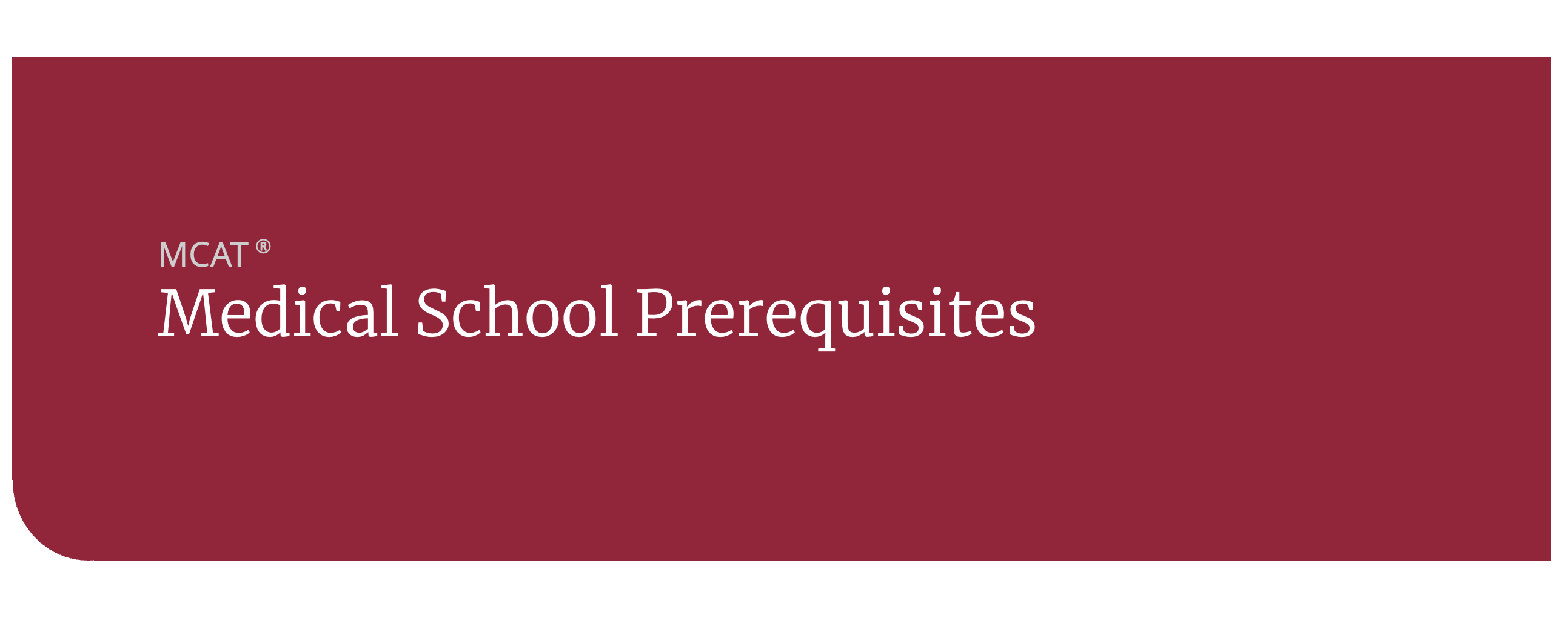University of Washington School of Medicine Requirements, Tuition, and More
We’re covering everything you need to know as you consider applying to the University of Washington School of Medicine. You’ll learn about acceptance rates, application deadlines, average MCAT scores, tuition, curriculum, and more.
[ RELATED: MCAT Prep Courses Near Seattle, WA ]
All About the University of Washington School of Medicine
Founded in 1946, the University of Washington School of Medicine is committed to bettering public health by training the next generation of service-oriented physicians. It is a public school located in Seattle, the first to be founded in the five-state region that includes Washington, Wyoming, Alaska, Montana, and Idaho. With teaching facilities in over 100 towns, UWSOM gives students access to a network of clinical settings dedicated to instruction. The school prides itself on its commitment to improving access to medical care throughout the region, and it is a nationally recognized leader in biomedical research working to advance scientific knowledge.
UW Medicine currently has 1,090 students, and a 2.7:1 faculty-student ratio. The school is one of the top recipients of federal research funding, second only to Harvard Medical School. It specializes in building a community of professionals in the region, with 95% of applicants coming from Washington, Wyoming, Alaska, Montana, and Idaho (WWAMI). Its many training facilities include Seattle’s Harborview Medical Center, Northwest Hospital and Medical Center, and University of Washington Medical Center, as well as the UW School of medicine.
A focus on interdisciplinary collaboration means that researchers, physicians, and medical students all work toward the same goal of improving healthcare throughout the Pacific Northwest and beyond. Robust research funding ensures that medical breakthroughs are an integral part of UWSOM’s mission. Combined MD/PhD programs are available, with about 10 students per year pursuing both degrees at once.
UW’s unique “flipped” training program involves clinical immersion alongside classroom learning to give students a foundation of practical experience on which to build. Before classes even begin, students are taught clinical skills in hospital and outpatient settings, which makes them accustomed to the challenges of medical practice much earlier than in most medical programs. The school places a special emphasis on fostering diversity to build a sustainable professional and academic community in which students, teachers, and researchers can bring their unique experiences together.
The school offers a Targeted Rural Underserved Track (TRUST) program aimed at promoting increased access to healthcare for communities where people are accustomed to traveling long distances to reach doctors and hospitals. Many students also choose to demonstrate expertise in the region and present research work at the Western Student Medical Research Forum. UW medical students can get involved in service-learning projects such as CHAP—the Community Health Advancement Program—and SPARX, Student Providers Aspiring to Rural and Underserved Experience.
Five curricular pathways are available to aspiring physicians who wish to work in communities that have historically had limited access to healthcare: Hispanic Health, LGBTQ Health, Global Health, Indian Health, and Underserved. Bringing healthcare to underserved communities and regions is a core value of the University of Washington School of Medicine, and many graduates go on to practice in rural areas, inner cities, and developing countries.
The Curriculum at the University of Washington School of Medicine
Upon entering the program, students at the University of Washington School of Medicine are divided into six colleges: Rainier, Wind River, Denali, Big Sky, Snake River, and Columbia River, all named after natural wonders. Each of these colleges has its own mentors who guide students throughout their four years of medical training.
The curriculum unfolds in three phases. The first, known as the Foundations phase, lasts for the first 18 months of medical school. The second phase, Patient Care, is comprised of 12 months of required and elective training. The program concludes with the Explore and Focus phase, 15 months of elective clinical training, advanced patient care, emergency medicine, and neurology.
During the Foundations phase, students receive training at their regional site, beginning with a 2-3 week immersion during which they are exposed to basic clinical skills. Students also begin to take part in a longitudinal course called Ecology of Health and Medicine which combines ethics, lifelong learning, improvements to health systems, social determinants of health, and global and population health.
In Phase 2, Patient Care, students begin their required 42 weeks of clerkships in the WWAMI region. Clinical experiences are offered at a number of rural sites where students can fulfill their required clerkship. Clerkships are required in the following specialty areas: Surgery, Obstetrics/Gynecology, Psychiatry, Pediatrics, Internal Medicine, and Family Medicine.
Phase 3, Explore and Focus, combines elective and required clerkships to help students identify potential areas of specialization. Clerkships in Emergency Medicine, Neurology, and Advanced Patient Care are required during these fifteen months. Students then take part in a Transition to Residency course in which they meet in small groups to learn about procedures, evaluation, management, and medical issues related to their planned specialties.
The following programs are also available to allow students to prepare to treat patients in the WWAMI region:
- RUOP: Rural Underserved Opportunities Program. This is a month-long, elective immersion experience in community medicine students can participate in between their first and second years.
- WRITE: WWAMI Rural Integrated Training Experience. This rural clinical medical training experience lasts 20 weeks. It is offered for a pre-selected group of third-year medical students.
- TRACK: WWAMI State Track Program. This program lets a select group of students complete most of the required clerkships scheduled in one specific site and/or state throughout the WWAMI region. It occurs during the third or fourth year of medical school.
- CUSP: Community-focused Urban Scholars Program. This program allows students to focus on urban underserved care. It is only available in Seattle.
- TRUST: Targeted Rural Underserved Track Program. This program is available in Washington, Wyoming, Alaska, Montana, and Idaho for students who would like to pursue rural or underserved medicine. TRUST scholars participate in clinical and classroom experiences, online discussions, and conferences. The program prepares them for the unique challenges of being a physician practicing in rural and underserved areas. It begins the summer before medical school and continues throughout all four years.
How has the University of Washington School of Medicine Made an Impact?
UWSOM faculty and alumni have helped to advance the field of medicine in numerous ways:
- Discovered genetic markers that could confirm graft success for bone marrow transplants
- Made key insights in the fields of neurology and psychiatry
- Established screening policy for blood donations
- Improved access to healthcare for underserved communities
- Developed Doppler ultrasound as a diagnostic tool in vascular conditions
University of Washington School of Medicine – Top Programs
University of Washington School of Medicine: Enrollment, Acceptance, Tuition, and more
In the 2018-2019 application cycle, 9024 candidates applied to the University of Washington School of Medicine. 765 received an interview (8.4% interview rate), 337 were accepted, and 271 ultimately enrolled.
What is the acceptance rate for the University of Washington School of Medicine?
The acceptance rate is 3.7%. The school does not accept international or Canadian students.
How expensive is tuition at the University of Washington School of Medicine?
Tuition is $36,549 (in-state) and $66,501 (out-of-state). Various scholarships and financial aid packages are available for qualifying students.
When is the application deadline for the University of Washington School of Medicine?
Here is the application cycle for the University of Washington School of Medicine:
- Early June: AMCAS application opens
- October 1: Interviews begin
- October 15: AMCAS application deadline
- December 1: Secondary and TRUST applications due
UWSOM recruits on a rolling basis with decisions delivered as early as October.
Median MCAT Scores for the University of Washington School of Medicine
Applicants accepted for the entering class in 2019 had a median undergraduate GPA of 3.68 and median MCAT scores as follows:
- Total MCAT Score: 509
- Chemical & Physical: 127
- CARS: 127
- Biological & Biochemical: 127
- Psychological, Social & Biological: 128
In 2019, graduating students from the University of Washington School of Medicine matched with a variety of residency programs. The most popular specialties were:
- Family Medicine (45)
- Internal Medicine (43)
- Emergency Medicine (31)
- Pediatrics (17)
- Medicine-Primary (12)
- Medicine-Preliminary (10)
- Anesthesiology (12)
- Psychiatry (12)
- Surgery-General (12)
- Obstetrics-Gynecology (8)
- Orthopaedic Surgery (8)
Geographically, students matched with residency programs most often in Washington, California, Texas, and New York.



